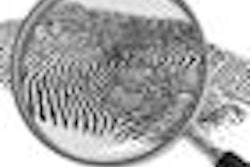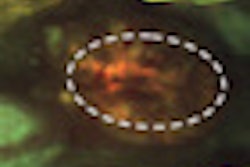A team of researchers from Clarkson University have discovered a method of making the brightest ever synthesized fluorescent silica nanoparticles. These nanoparticles have potential applications in medicine, biology, material science, and environmental protection, among many other uses, according to the university.
While fluorescent materials are already used in many of these applications, having much brighter labeling particles will allow much finer detection of environmental pollutants, signals in biosensors, and even the detection of explosives, the researchers explained.
"The particles should have a significant impact in the biomedical area," said lead researchers Igor Sokolov, PhD, in a press release. "For example, you can create particles of different colors, which can be made to stick to particular biological molecules inside cells. Then you can see and trace those molecules easily with existing fluorescent microscopes. This fluorescent labeling helps to identify diseased cells and may show what is causing the disease."
In addition, the particles are more stable against photobleaching than typical fluorescent dye, which allows the particles to be traced "for a very long time," he said.
Sokolov's process physically entraps a large number of organic fluorescent molecules inside nanoporous silica particles, which can be 20 to 50 nanometers in diameter, while preventing the molecules from leaking.
Copyright © 2011 DrBicuspid.com



















